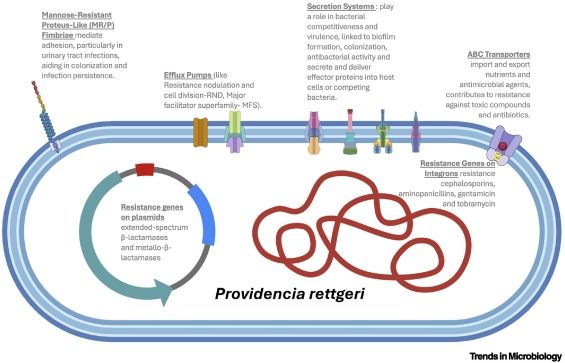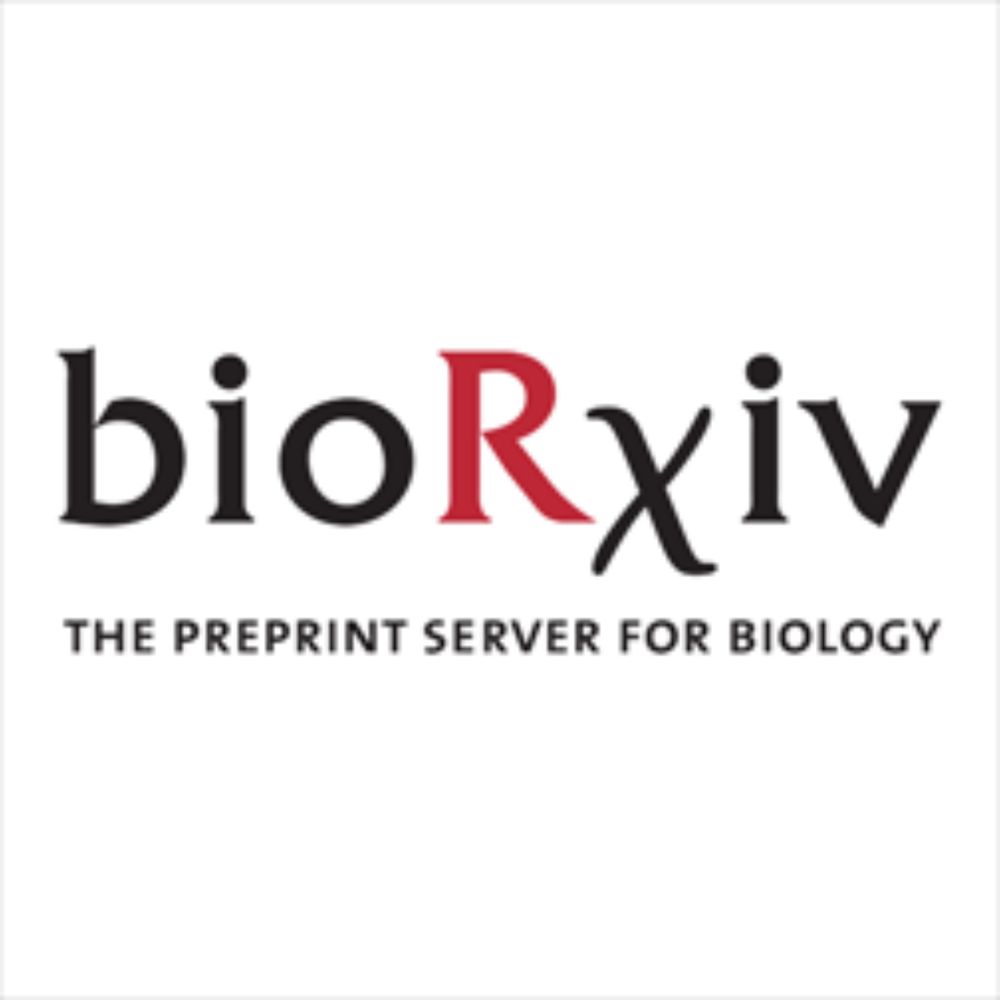

2 job adverts on a NERC project w myself + @darrenobbard.bsky.social on “What determines the virome: ecology and the environment, evolution, or species history?” early 2026 in
@uniexecec.bsky.social
- Postdoc: jobs.exeter.ac.uk/hrpr_webrecr...
- RA: jobs.exeter.ac.uk/hrpr_webrecr...
Pls share!
25.09.2025 15:55 — 👍 29 🔁 42 💬 2 📌 1
Tagging @uoe-eid.bsky.social @edinburghbiology.bsky.social
12.08.2025 14:00 — 👍 0 🔁 0 💬 0 📌 0
This piece on infection history as a driver of individual heterogeneity in infection outcomes was fun to think about and to write with @chadisaadroy.bsky.social and Mike Boots. Also suggest that systems like #Drosophila can offer useful tools to tackle the epidemiological consequences.
12.08.2025 09:57 — 👍 17 🔁 6 💬 1 📌 0
Too poor to science: How wealth determines who succeeds in STEM
From student to researcher, a career in science can come with a high price tag. This Perspective explores how persistent financial barriers limit who can succeed in science, revealing how wealth shape...
"The myth of meritocracy in science collapses under the financial sacrifices expected at every career stage. From unpaid internships and self-funded conferences to underpaid positions, these hidden costs disproportionately exclude those without generational wealth, compounded by race and gender."
10.07.2025 13:00 — 👍 36 🔁 18 💬 0 📌 0
#DiseaseEcology #AnimalBehavior #Evolution
22.05.2025 18:32 — 👍 1 🔁 0 💬 0 📌 0
Hope this primer proves helpful to anybody interested in infection avoidance. It was certainly a pleasure to write with @akgibson.bsky.social and @pfvale.bsky.social l!
21.05.2025 13:48 — 👍 6 🔁 4 💬 1 📌 0
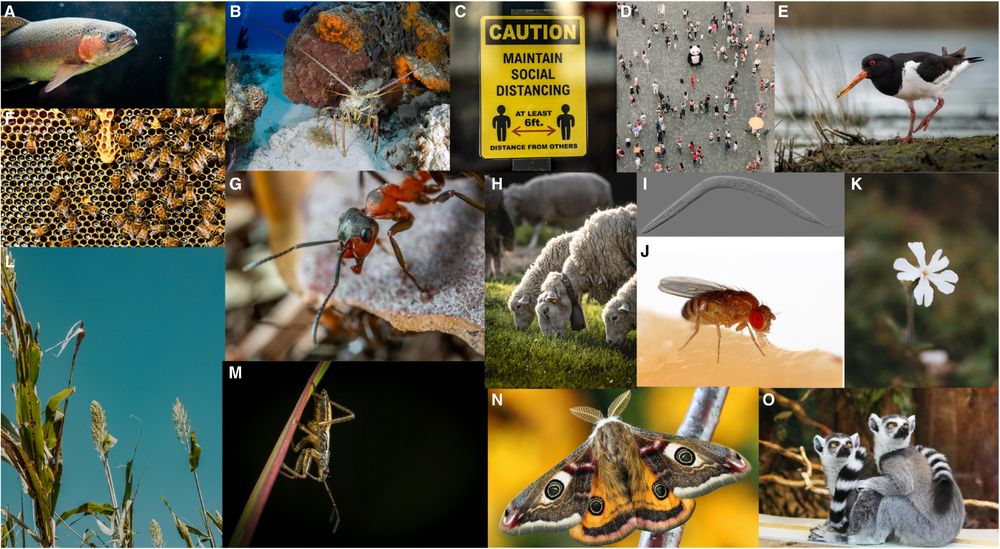
This figure highlights the diversity of avoidance across different species in response to pathogens and parasites. (A) Rainbow trout avoid waters with high concentrations of trematode cercariae, reducing exposure to these parasites. (B) Healthy Caribbean spiny lobsters avoid sharing dens with those infected by viruses, preventing the spread of infection within their communities. (C,D) Avoidance underlies many human public health measures such as social distancing, to minimize the risk of infectious disease contagion. (E) Oystercatchers avoid eating the largest cockles, which are likely to be infested with parasitic helminths. (F,G) Bees and ants (eusocial insects) exhibit complex social behaviours to minimize infection risks. Bees isolate or remove infected individuals from the colony, while ants restructure their social networks to reduce contact with fungal-infected foragers. (H) Sheep avoid food and water sources contaminated with feces, reducing the risk of ingesting parasites that may be present in such environments. (I,J) Caenorhabditis elegans and Drosophila melanogaster. These model organisms illustrate how detected pathogenic cues can modify behaviour and provide insights into the neurological integration of sensory perception and behavioural response to pathogens. Plants, like Saline latifolia (K), can avoid infection too, for example by flowering for shorter periods to reduce contact with fungal spores transmitted by pollinators. Root compounds of some sorghum (L) lines are associated with reduced germination of parasitic Striga seeds, demonstrating chemical avoidance strategies. (M) Crickets avoid detection by parasitic flies through the selection of variants that cannot sing, disrupting the ability of parasites to locate hosts acoustically. (N) Spongy moths show variability in larval behaviour to avoid virus-contaminated foliage. (O) Lemurs avoid water sources that have an elevated risk of fecal contamination.
This primer on infection avoidance was incredibly fun to write with @cr-amo.bsky.social and Mandy Gibson. We cover its taxonomic breadth, mechanisms and evolution, and its importance across fields as diverse as public health, conservation, and agriculture. 🧪
www.cell.com/current-biol...
#SymbioSky
20.05.2025 09:18 — 👍 11 🔁 8 💬 2 📌 0
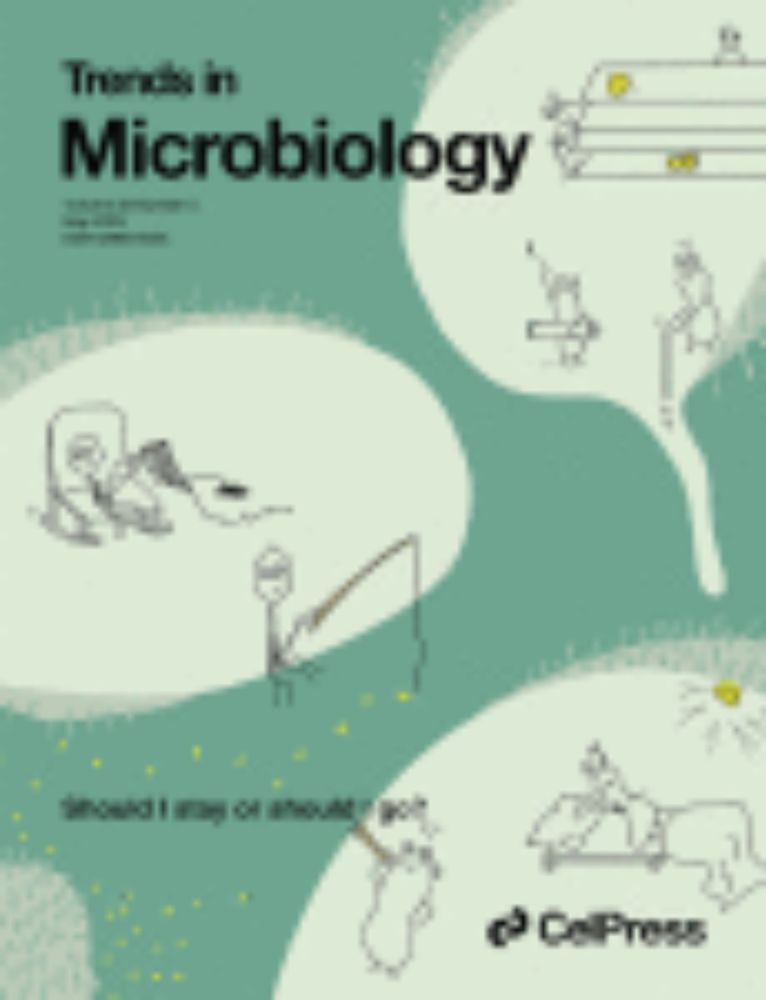
Providencia rettgeri
Providencia rettgeri is a commonly employed #Drosophila pathogen. It also has an extensive AMR profile causing opportunistic infections in hospital settings. I recently realised I know less about it than I should, so here is my homework.
www.sciencedirect.com/science/arti...
#Microsky #MEvosky
15.05.2025 08:08 — 👍 6 🔁 3 💬 2 📌 0
Hi Michelle. I've just added you.
09.05.2025 18:23 — 👍 1 🔁 0 💬 0 📌 0
Any hybrid model journal, because the subscription (free to publish) model is available, and depositing the accepted article file on PURE will satisfy funder requirements.
25.04.2025 11:31 — 👍 1 🔁 0 💬 1 📌 0
Really excited to finally start this project with @andreadwilson.bsky.social, using #Drosophila as a model for experimental epidemiology and evolution to explore the genetic determinants and evolutionary constraints on extreme pathogen transmission phenotypes.
25.04.2025 11:07 — 👍 5 🔁 2 💬 0 📌 0

Postdoctoral Research Associate at The University of Edinburgh
Apply now for the Postdoctoral Research Associate role on jobs.ac.uk - the leading job board for higher education jobs. View details.
Hi #Drosophila folk: I'm advertising a 2-year #Postdoc, funded by a BBSRC grant on the genetic and immune determinants and evolutionary constraints underlying extreme pathogen transmission phenotypes. Deadline 29 April, details in the link below, or feel free to email:
www.jobs.ac.uk/job/DMQ231/p...
09.04.2025 10:04 — 👍 8 🔁 20 💬 0 📌 1
Tagging #symbiosky
04.04.2025 15:36 — 👍 0 🔁 0 💬 0 📌 0
TENURE, 1st Edition: 2 positions- BIOPOLIS2025-15 - Job Opportunities - Cibio
The mission of the Research Centre in Biodiversity and Genetic Resources is to develop world-class research in the areas of biodiversity and evolutionary bi
An interesting, tenured, Principal Researcher position at CIBIO in Northern Portugal, focused on the study of virus-host #co-evolution, with emphasis on the #evolution of #immune system genes and the impact of emerging diseases on wildlife.
www.cibio.up.pt/en/jobs/tenu...
27.03.2025 19:13 — 👍 6 🔁 7 💬 0 📌 0
A long, long time ago, we started this review project during the first Coron lockdown, but if finally made it out into the world - Origin and function of beneficial bacterial symbioses in insects! @naturerevmicro.bsky.social
27.03.2025 15:08 — 👍 59 🔁 24 💬 5 📌 0
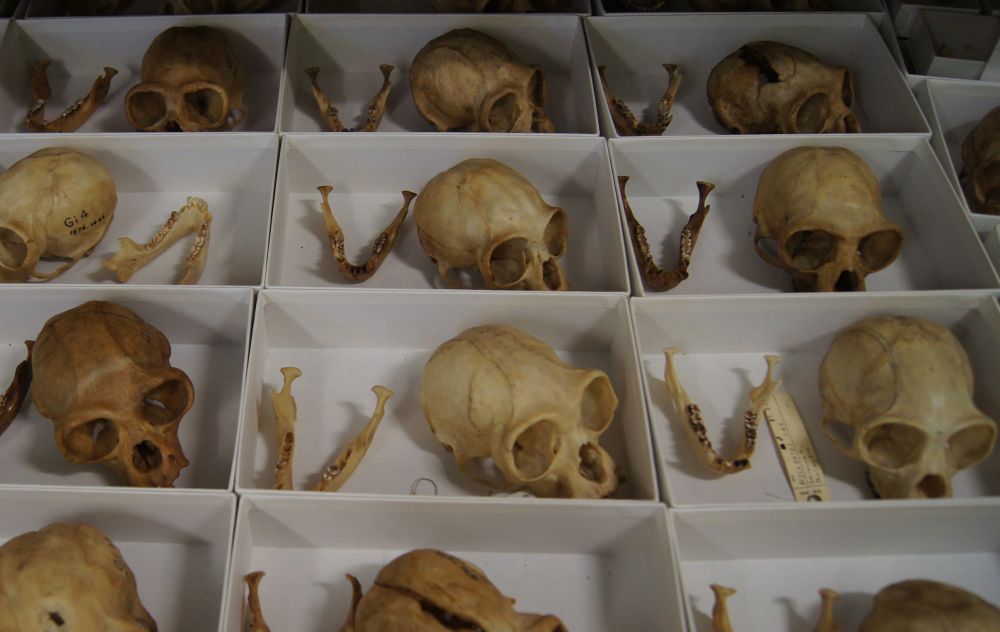
Dental calculus, the preserved oral microbiome, is an absolute treasure trove of information that can be interrogated across thousands of years. But how to make it work? In a new preprint, @markella-morait.bsky.social asks this questions using >30 mammalian species:
doi.org/10.1101/2025...
25.03.2025 18:17 — 👍 21 🔁 5 💬 1 📌 0
Tagging #symbiosky #drosophila #entomology
25.03.2025 16:43 — 👍 2 🔁 0 💬 0 📌 0
Hi Jacek. That's you added now.
23.03.2025 07:20 — 👍 1 🔁 0 💬 0 📌 0
Tagging 🧪 #EcoECRcareer #ecosky #mevosky #symbiosky
22.03.2025 06:29 — 👍 5 🔁 0 💬 0 📌 0
Tagging 🧪, #mevosky, and #evolution
20.03.2025 18:52 — 👍 4 🔁 0 💬 0 📌 0
Tagging #symbiosky 🧪🦠🪰
14.03.2025 19:03 — 👍 1 🔁 0 💬 0 📌 0
Here we go again!!! Thanks to @rubengonzalez.bsky.social a brilliant postdoc in the lab, I made my first baby steps into the aging field... Be kind and supportive 😀 I find the results totally exciting! and so much to do now! #ProudPI #LoveVirology
14.03.2025 14:02 — 👍 34 🔁 11 💬 4 📌 0
So excited to share this latest work by @kelseyhuus.bsky.social !!!
She shows that flagellin in the human gut affects whether or not people develop fever in response to vaccine, and the amount of flagellin reflects diet
25.02.2025 06:35 — 👍 92 🔁 30 💬 3 📌 2
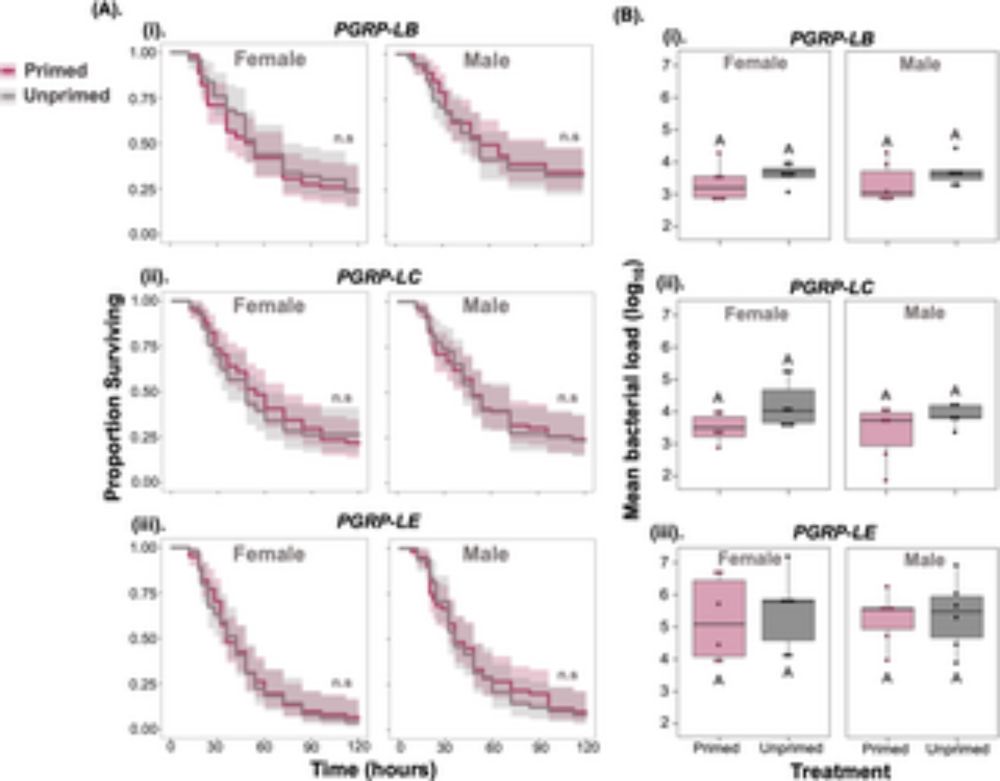
IMD-mediated innate immune priming increases Drosophila survival and reduces pathogen transmission
Author summary When we are vaccinated, our immune response is able to respond quickly if we are ever exposed to the same pathogen in the future. Unlike humans, the immune systems of invertebrates, suc...
Prakash, A., Fenner, F., Shit, B., Salminen, T. S., Monteith, K. M., Khan, I., Vale, P. F. (2024). IMD-mediated innate immune priming increases #Drosophila survival and reduces pathogen transmission. PLoS pathogens, 20(6):e1012308 journals.plos.org/plospathogen...
01.03.2025 01:36 — 👍 3 🔁 2 💬 0 📌 0
🪸 Search and download biodiversity data.
🌍 Discover co-inhabitants of planet Earth.
Open Access officer in Edinburgh🔓; casual nerd🎲📚🛸; archer 🏹; pursuing library chartership in fits and starts.
Knows where his towel _is_, but forgot to bring it with him.
Kontinentalist is a studio that advocates for a more equitable world that fosters connections between Asia’s sources of knowledge. We nurture community around data and human experiences 🌟
https://kontinentalist.com
PhD graduate assistant at the University of Nevada, Reno studying chemically mediated plant - caterpillar - natural enemy interactions 🌱🐛🪰🦠
(she/hers)
writer | dancer | philomath
Assistant Professor @uarizona – Biological data science and macroevolution – Website: https://datadiversitylab.github.io/
We explore how evolution, ecology and biological clocks interact,
with a focus on lunar rhythms in development and reproduction
of the marine insect Clunio.
+ Genomics | Biodiversity | Behaviour | NeuroBio | MolBio | SciCom
bit.ly/KaiserLab
We are one of the largest centres of biological science in the UK, with world-leading education, research and facilities
Researcher in wildlife conservation and livestock genomics at the Roslin Institute, with a little bit of ancient DNA thrown in. Horse girl.
#BehavioralEcology #Ethology #HumanBehavior #AnimalBehavior #LifeHistory #AnimalPhysiology papers from #PubMed & journal rss-feeds | -- MF
NSERC postdoctoral fellow at The University of Oklahoma, studying Neotropical bat behaviour and parasites.
PhD from McGill University, studying intraspecific variation in guppies and stickleback.
alexisheckley.wixsite.com/mysite
Relaying microbiology news, articles and comments relevant to aspects on bacteria, fungi, viruses and other microbes / microorganisms. Microbes are 💪
Eco-evolutionary dynamics, quantitative genetics, plasticity, population dynamics. Models and data.
Posdoctoral researcher @ CE3C, UoLisbon
PhD from UoEdinburgh
Professor of Wildlife Ecology @UF. Research interests: pathogen pollution from invasive species, One Health, pathogen transmission dynamics, girl rock bands
Microbiologist, Bacterial evolution, Roslin Institute, University of Edinburgh
Host-pathogen interactions and Insect immunology. Scientist. Mother. Firstgen. Immigrant. Portrait by Petra Korlevic
Avian influenza & avian virome ecology | "Expert in Ducks" | (she/her) | michellewille.com
Scientist at Environment and Climate Change Canada (views are my own), knitter, drinker-of-too-much-coffee, expat




